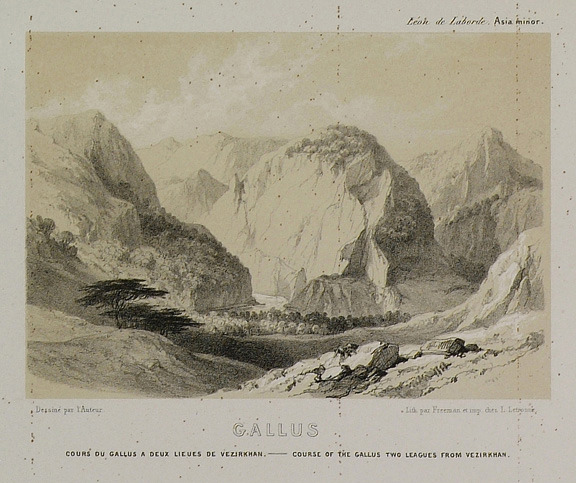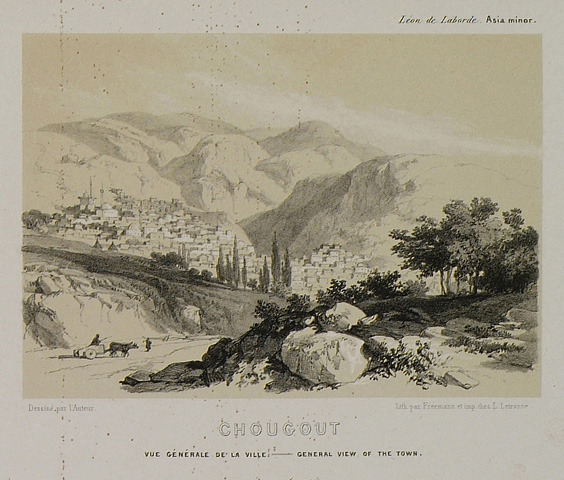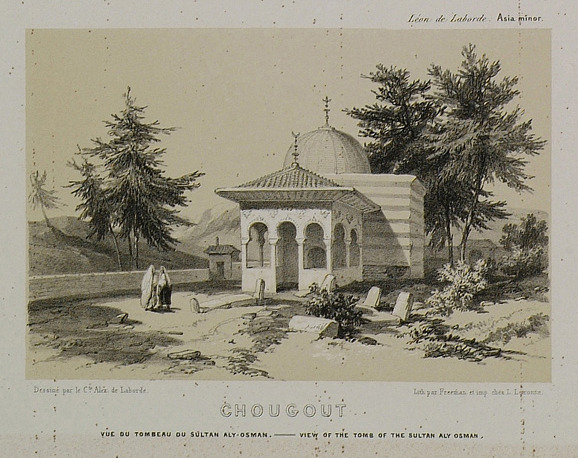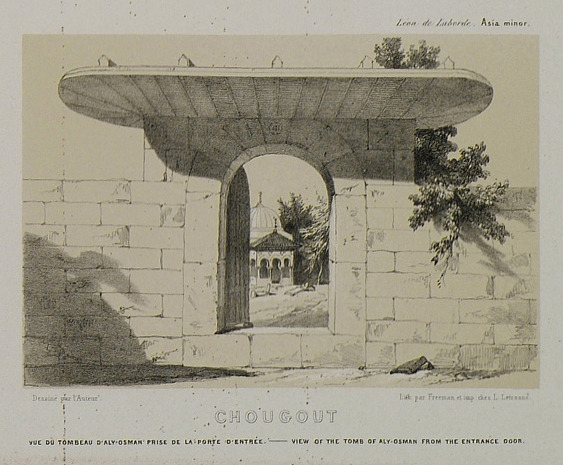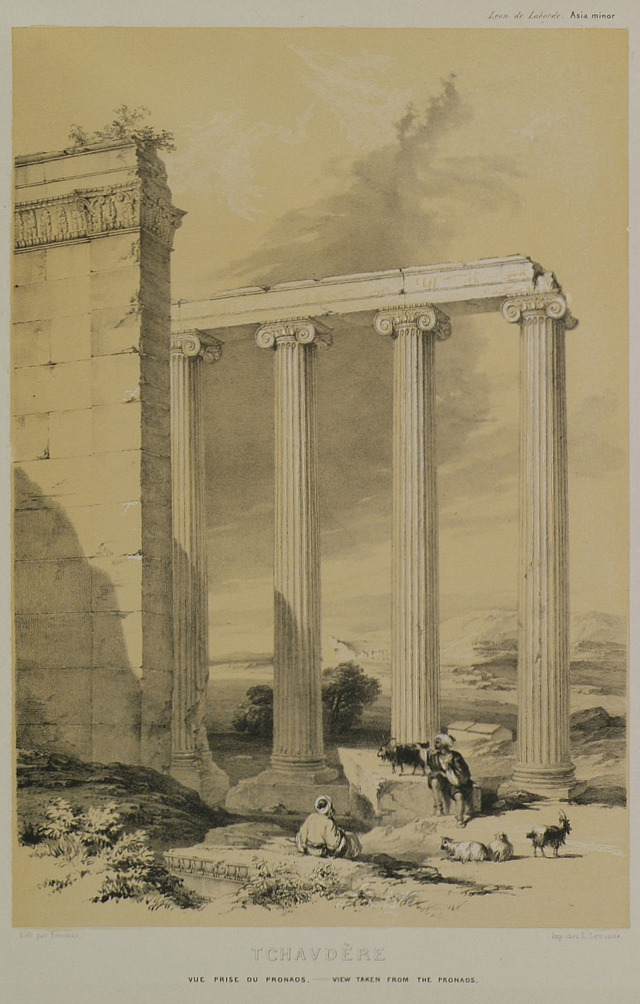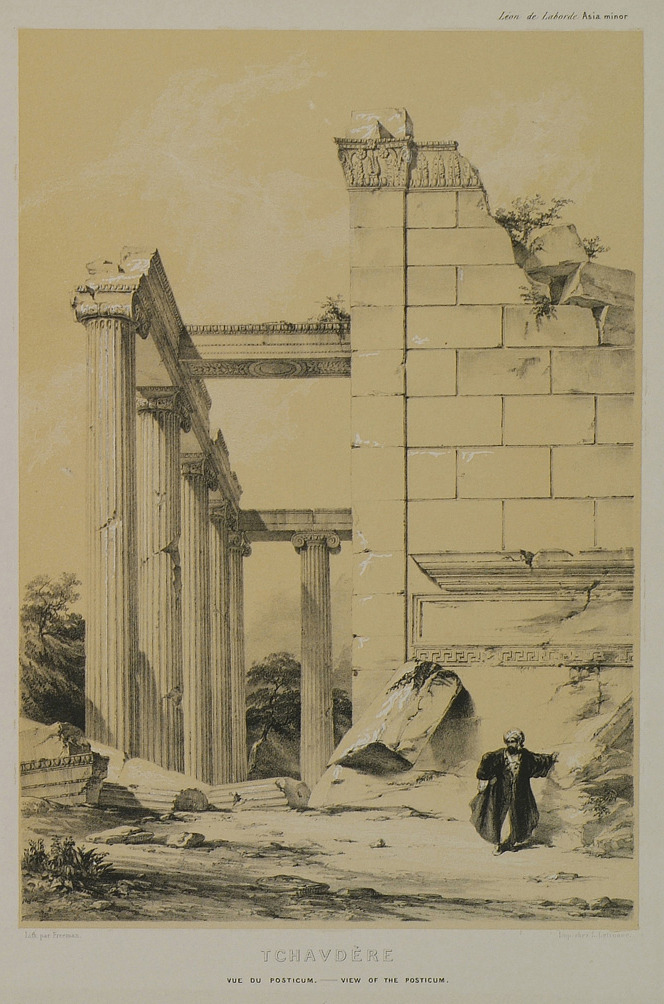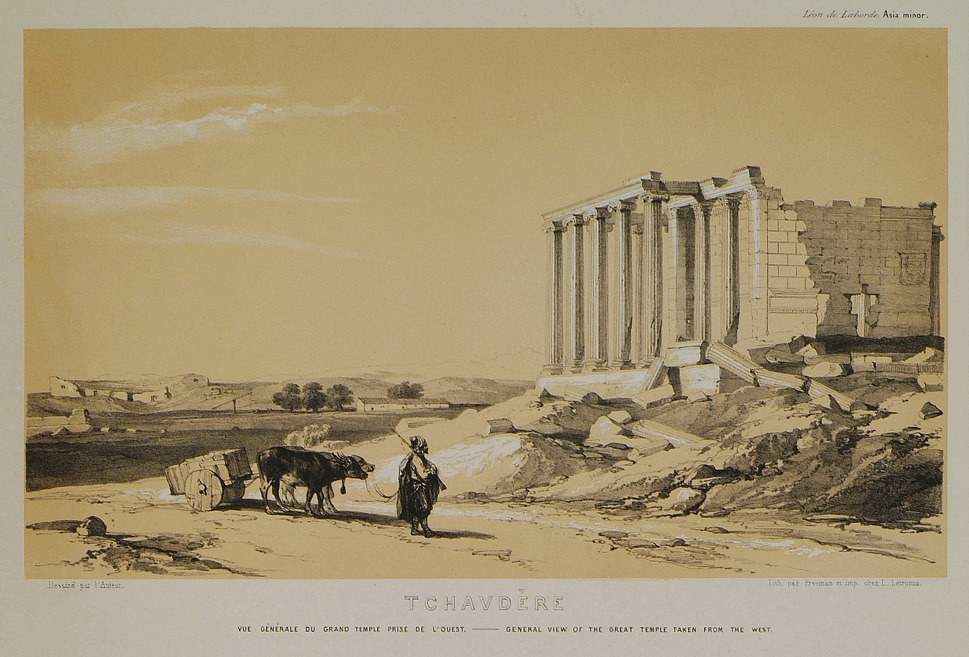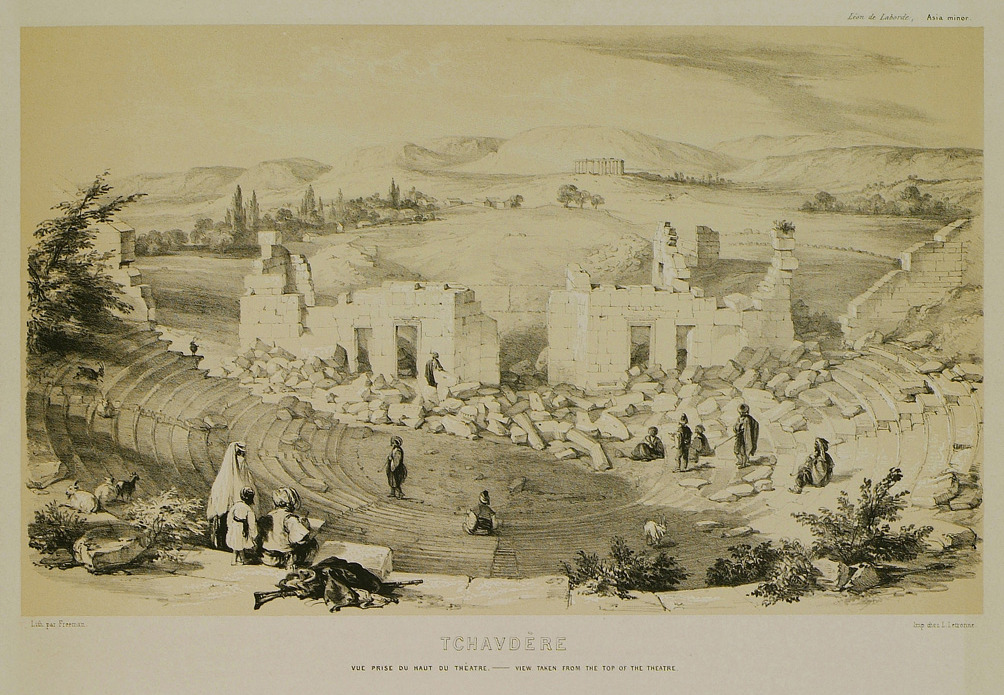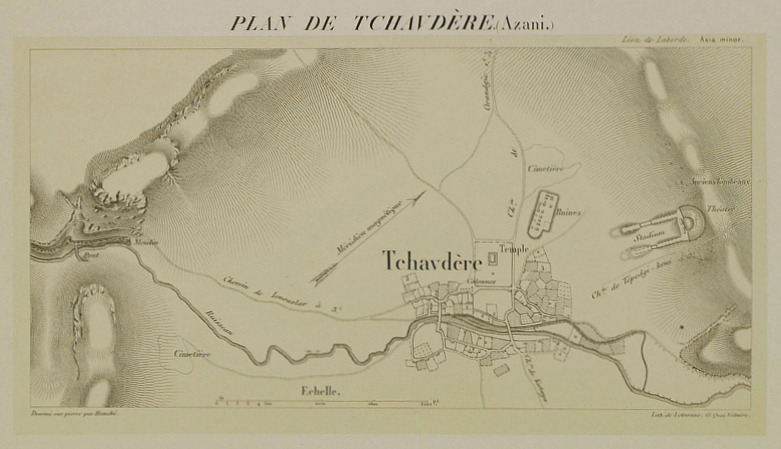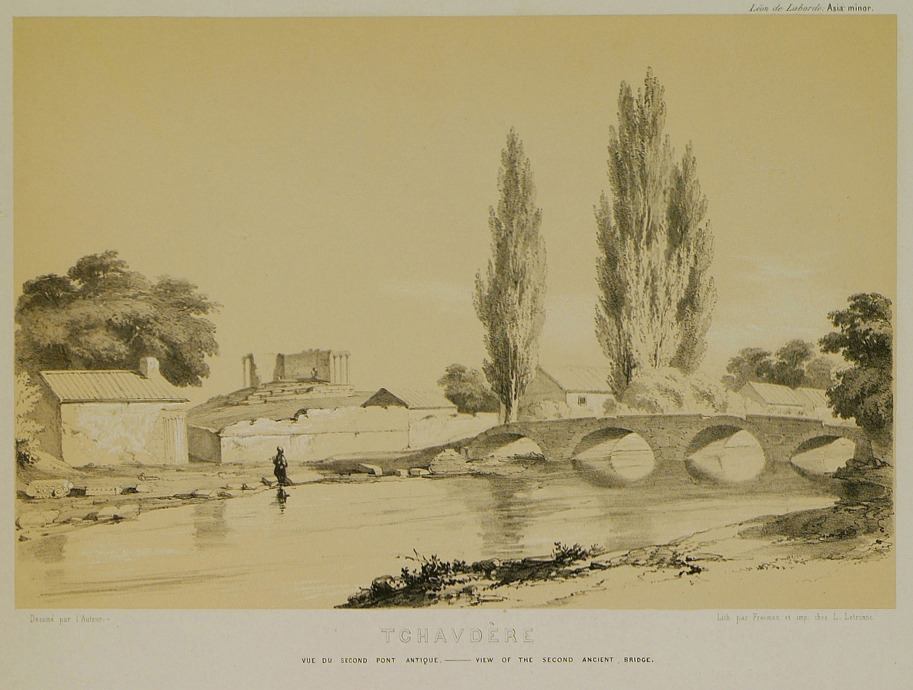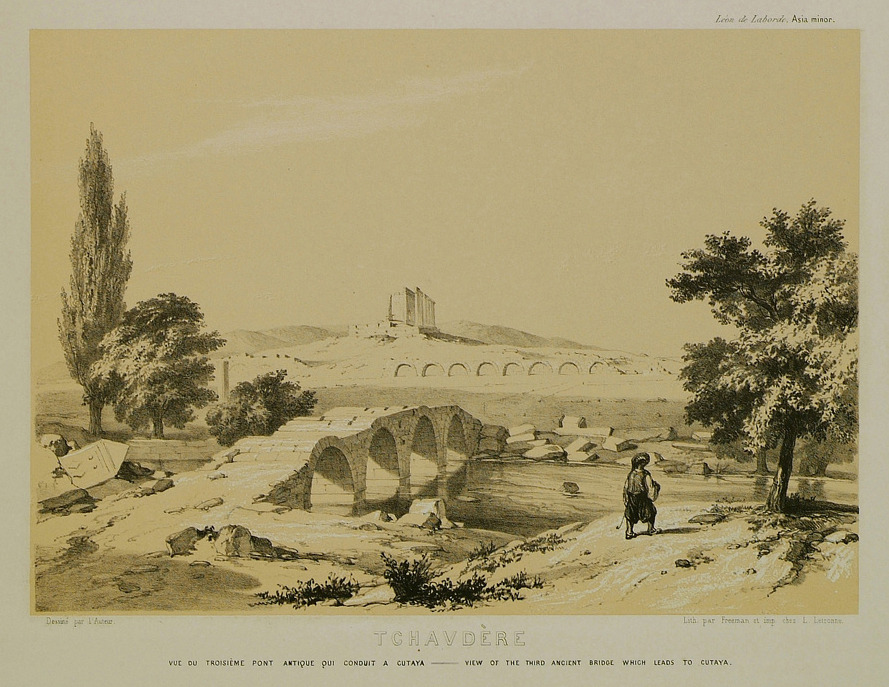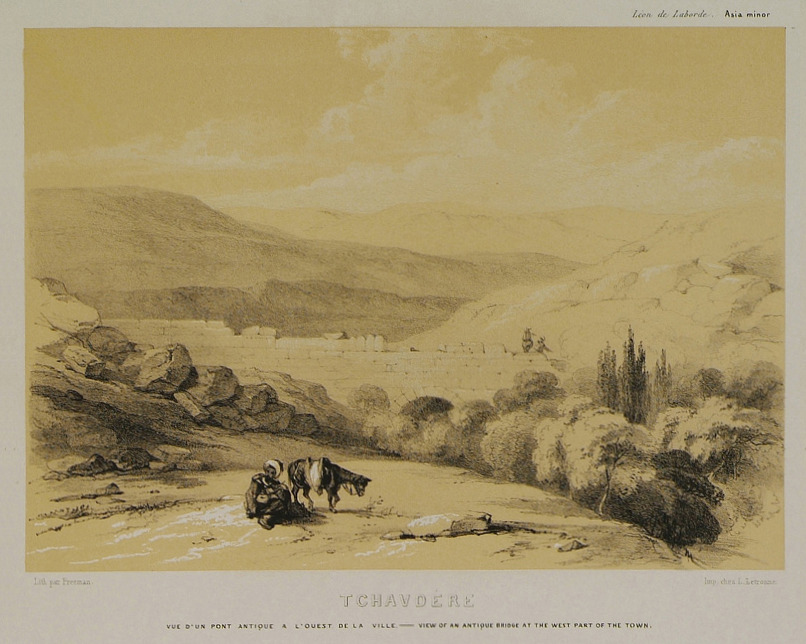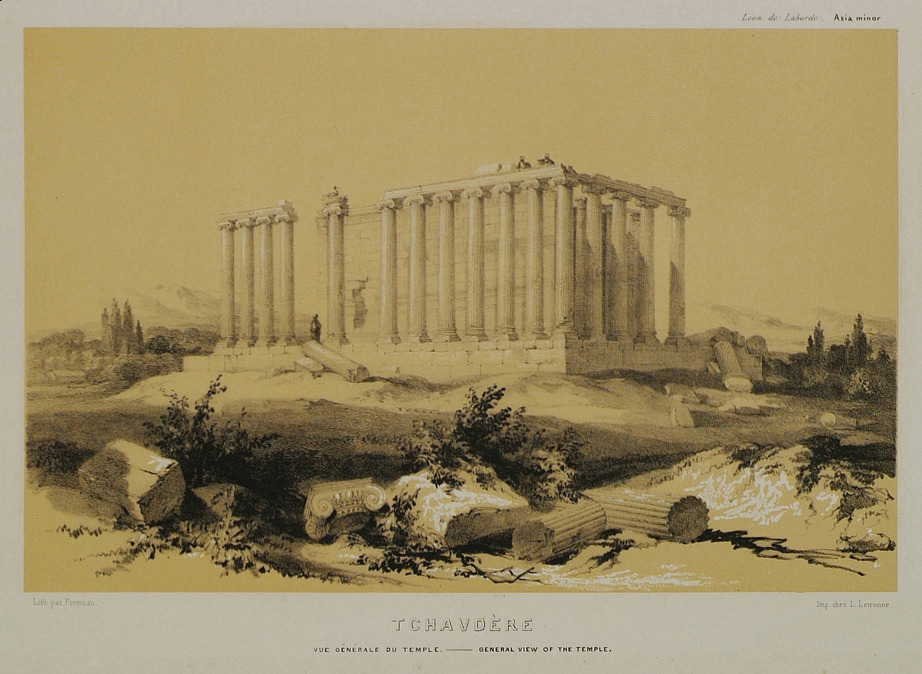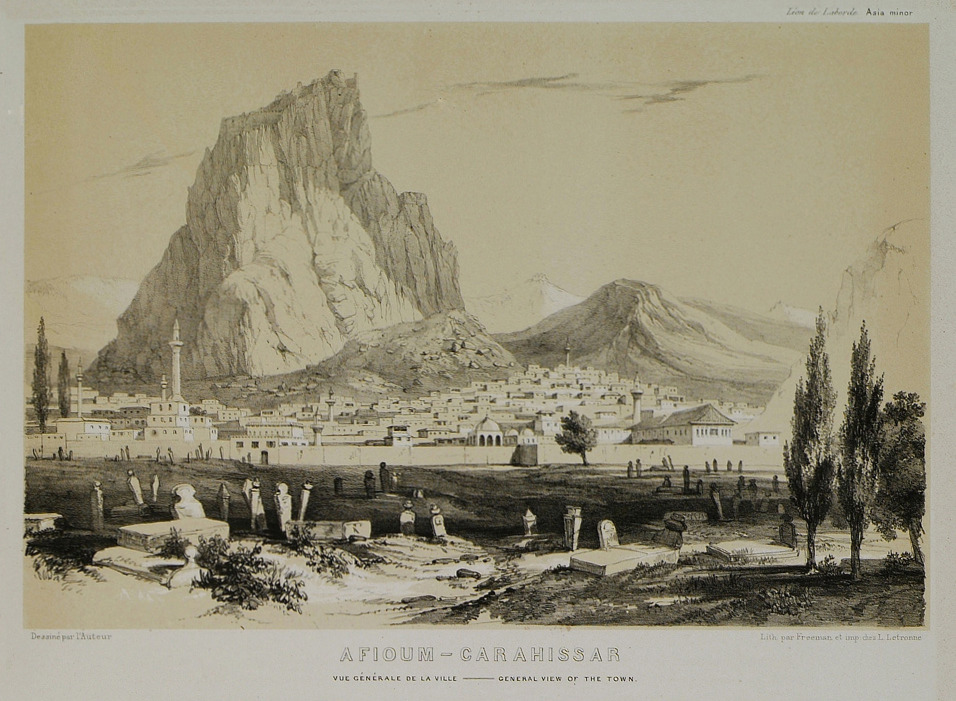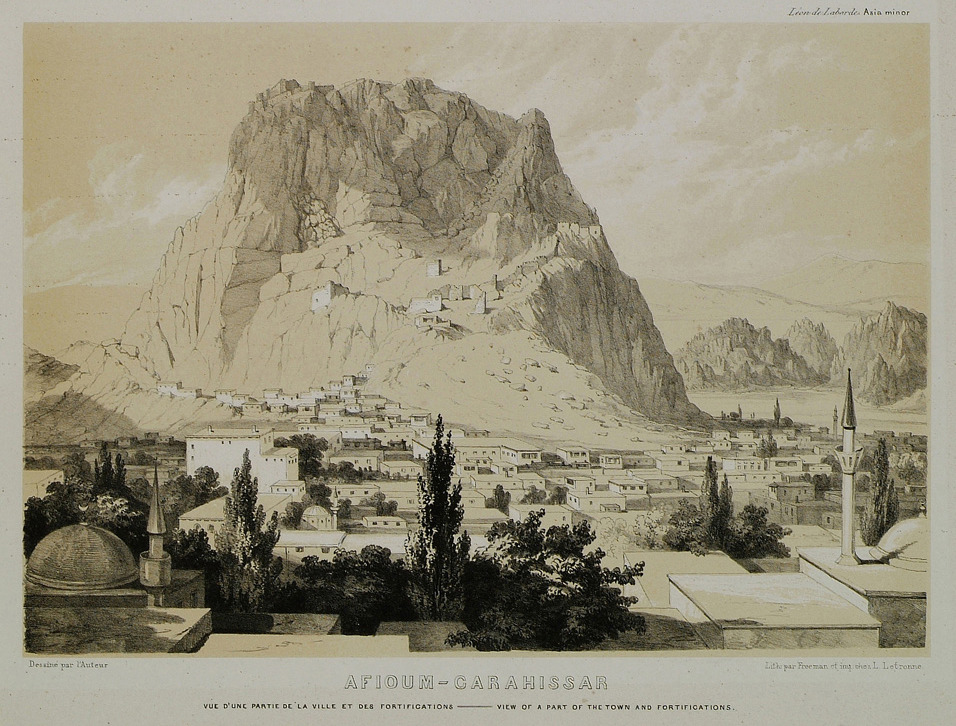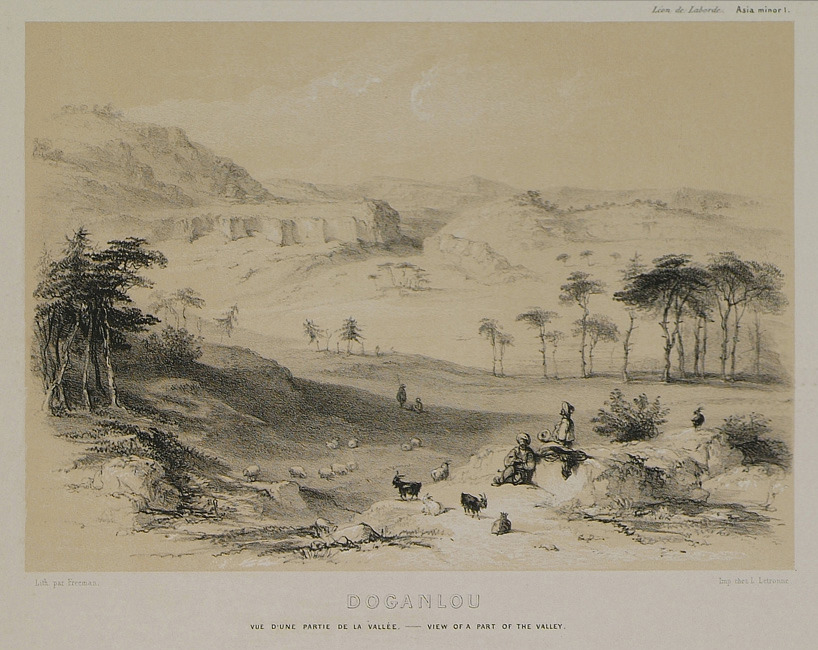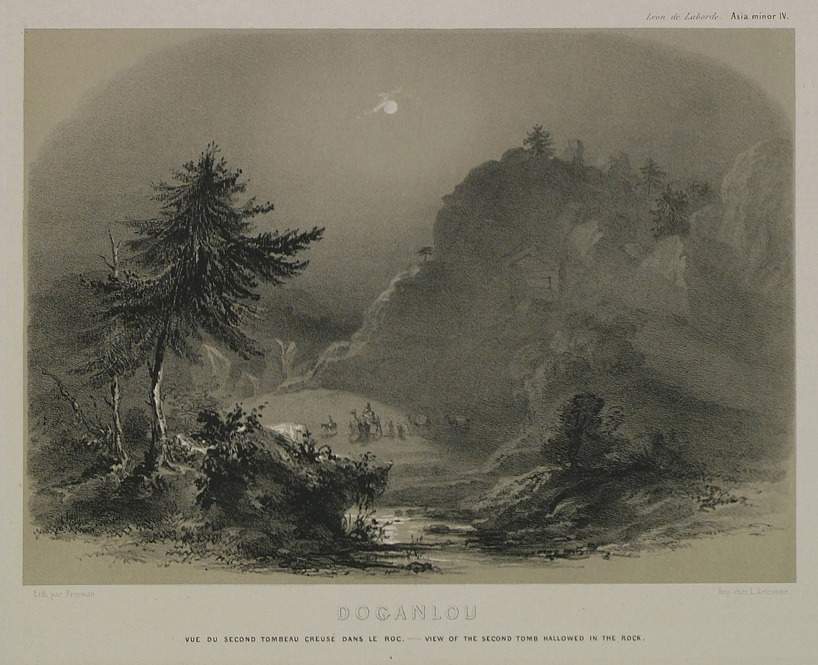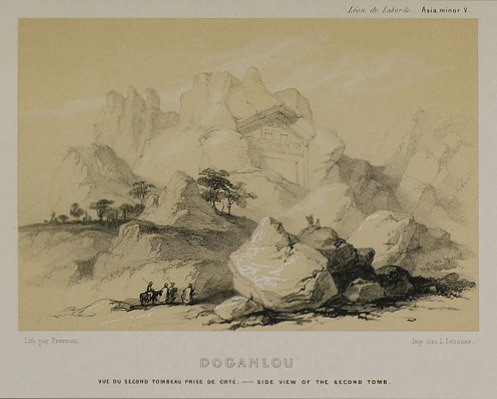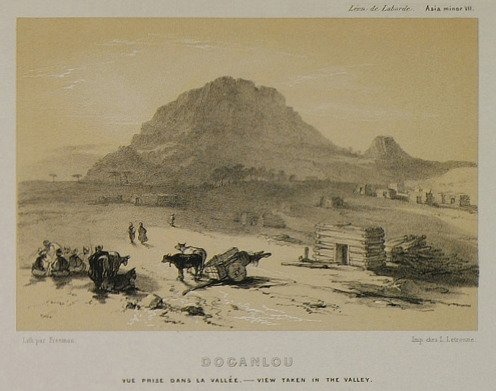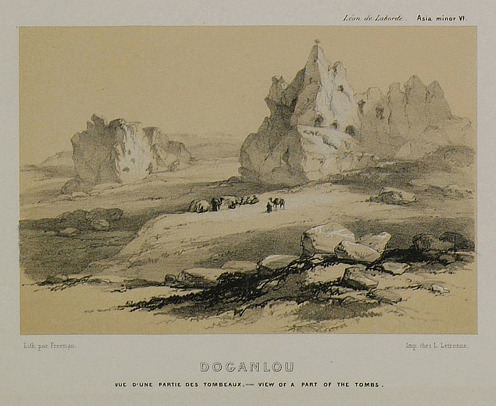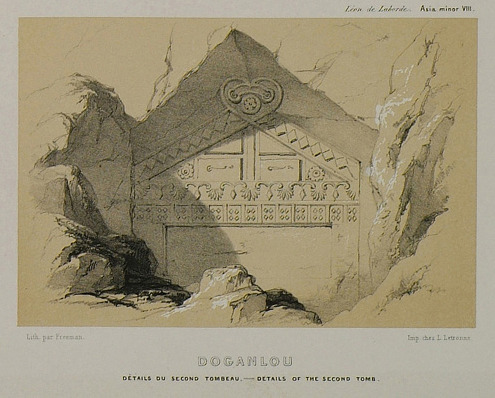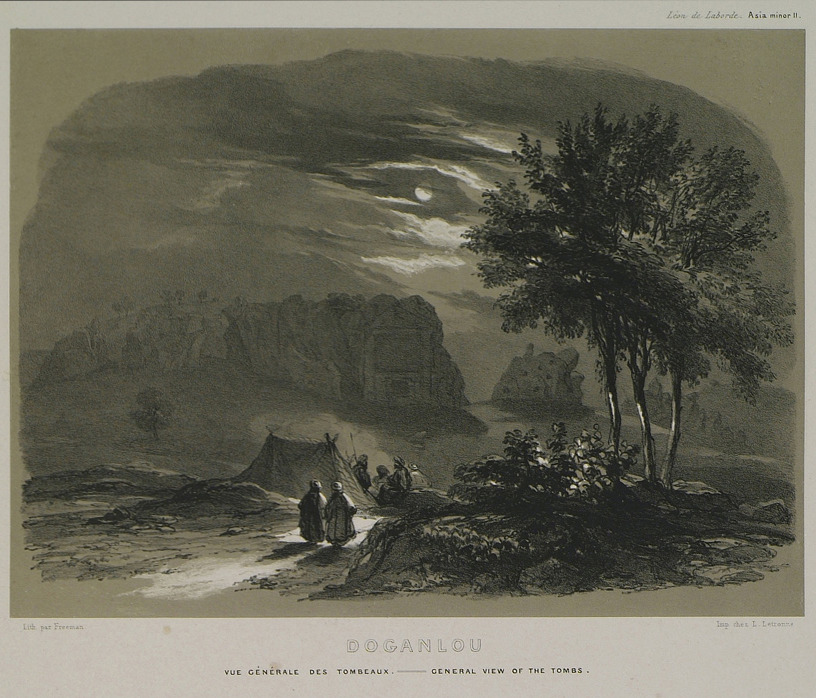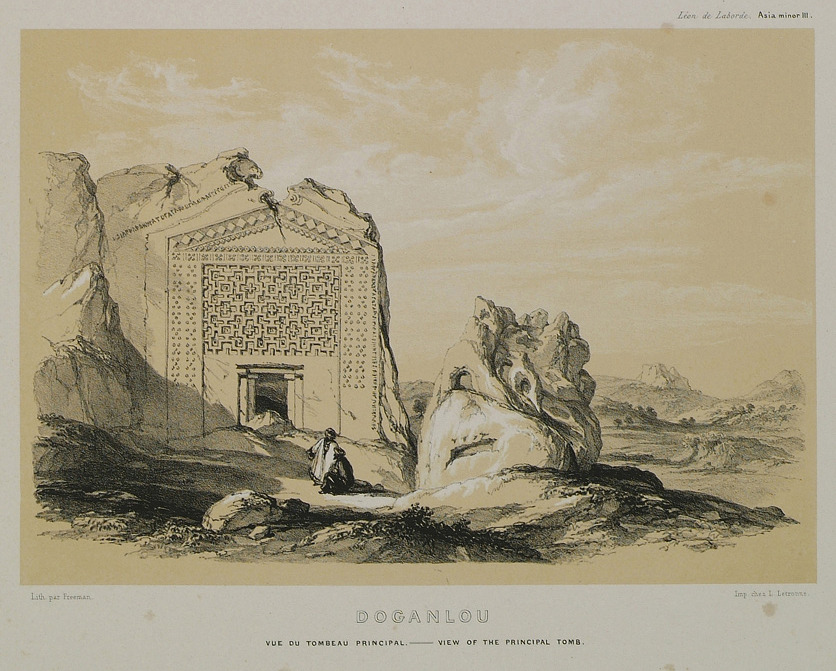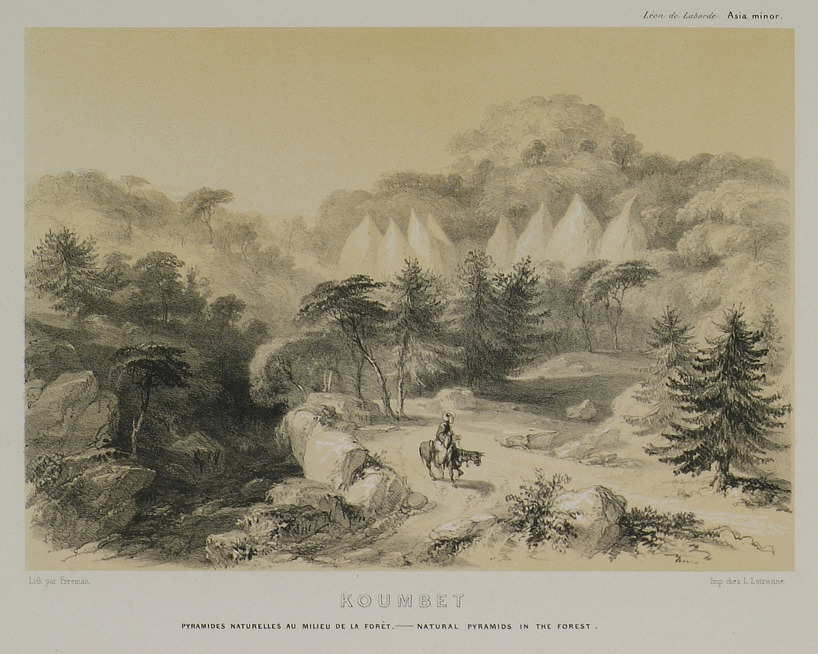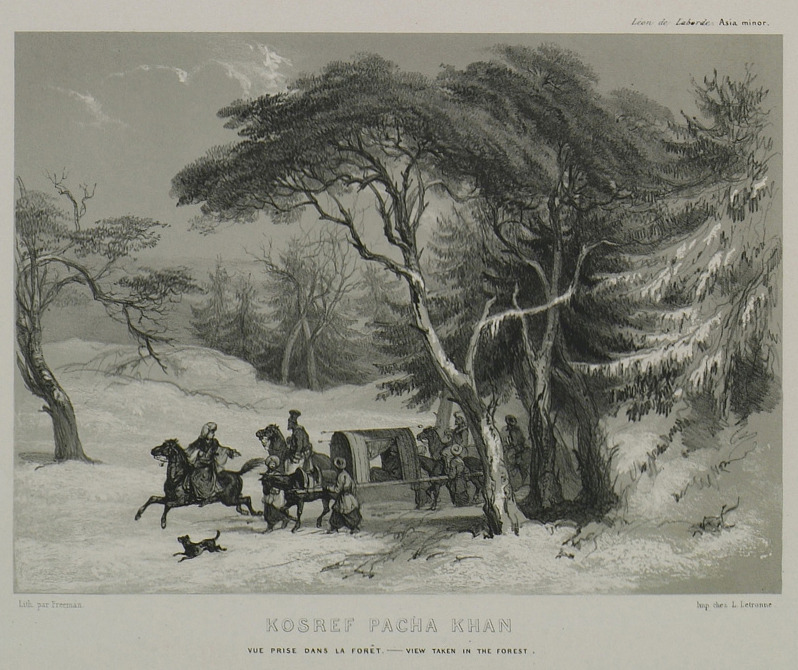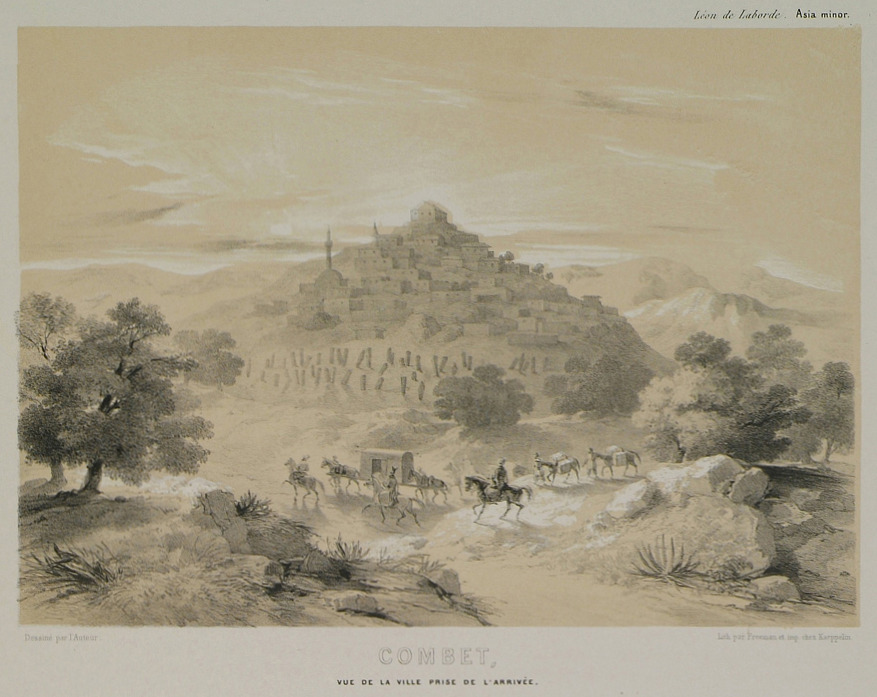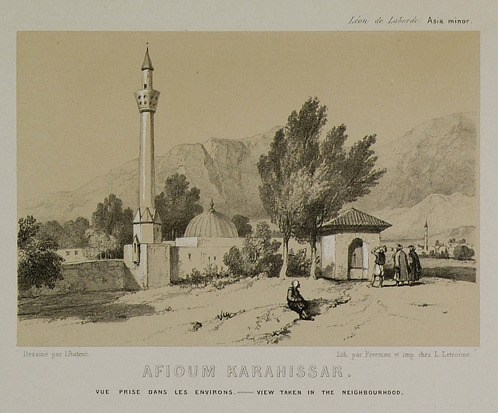Turkey (3294 Subjects)
Landscape at Gallus river (today Kara Su), on the ouskirts of the town of Vezirhan.
General view of the the city of Sögüt, birthplace of Sultan Osman I, in Bithynia.
View of the Mausoleum of Ertugrul, father of Osman I, in Söğüt, Bithynia. Osman I was buried at the same location as his father but his remains were later transferred to Bursa, where his mausoleum stands today.
View of the Mausoleum of Ertugrul, father of Osman I, in Söğüt, Bithynia. Osman I was buried at the same location as his father but his remains were later transferred to Bursa, where his mausoleum stands today.
The Sanctuary of Zeus in ancient Aizanoi near Çavdarhisar, Asia Minor, seen from the pronaos.
The opisthonaos (rear porch) of the Sanctuary of Zeus in ancient Aizanoi near Çavdarhisar, Asia Minor.
View of the Sanctuary of Zeus in ancient Aizanoi near Çavdarhisar, Asia Minor, from the west.
View of the Sanctuary of Zeus in ancient Aizanoi near Çavdarhisar, Asia Minor, from the south.
The ancient theatre of Aizanoi.
Map of Çavdarhisar and the archaeological site of Aizanoi.
One of the Roman bridges over Penkalas river in Çavdarhisar.
One of the Roman bridges over Penkalas river in Çavdarhisar.
One of the Roman bridges over Penkalas river in Çavdarhisar, Asia Minor, to the west of the city.
View of the Sanctuary of Zeus in ancient Aizanoi near Çavdarhisar, Asia Minor.
View of Afyon Karahisar in Asia Minor.
View of the city of Afyon Karahisar and the castle's fortifications.
View of Doganli valley (today Yazılıkaya) near Eski Sehir. This ancient site is also called Midas City due to its plethora of Phrygian monuments, and forms part of the Phrygian valley.
View of the rock-cut monument known as “small Yazılıkaya” in Doganli valley (today Yazılıkaya) near Eski Sehir. This ancient site is also called Midas City due to its plethora of Phrygian monuments, and forms part of the Phrygian valley.
Side view of the rock-cut monument known as “small Yazılıkaya” in Doganli valley (today Yazılıkaya) near Eski Sehir. This ancient site is also called Midas City due to its plethora of Phrygian monuments, and forms part of the Phrygian valley.
View of Doganli valley (today Yazılıkaya) near Eski Sehir. This ancient site is also called Midas City due to its plethora of Phrygian monuments, and forms part of the Phrygian valley.
View of the rock-cut monuments in Doganli valley (today Yazılıkaya) near Eski Sehir. This ancient site is also called Midas City due to its plethora of Phrygian monuments, and forms part of the larger territory of the Phrygian valley.
Close view of the rock-cut monument known as “small Yazılıkaya” in Doganli valley (today Yazılıkaya) near Eski Sehir. This ancient site is also called Midas City due to its plethora of Phrygian monuments, and forms part of the larger territory of the Phrygian valley.
View of the rock-cut monuments in Doganli valley (today Yazılıkaya) near Eski Sehir. This ancient site is also called Midas City due to its plethora of Phrygian monuments, and forms part of the larger territory of the Phrygian valley.
View of Midas monument in the village of Yazılıkaya, near Eski Sehir. The whole of the ancient site is also called Midas City due to its plethora of Phrygian monuments, and forms part of the Phrygian valley.
Natural rock formations in the village of Kümbet, Asia Minor.
Forest in the region called Kosref Pasha Khan, near Afyon Karahisar.
View of Kümbet village.
The Phrygian monumental tomb called Arslan Kaplan Kümbet at Kümbet village, in the Phrygian valley.
The outskirts of Afyon Karahisar.
Ancient ruins possibly of Seleucia of Pisidia or Seleucia Sidera, close to Bayat village, Asia Minor.


